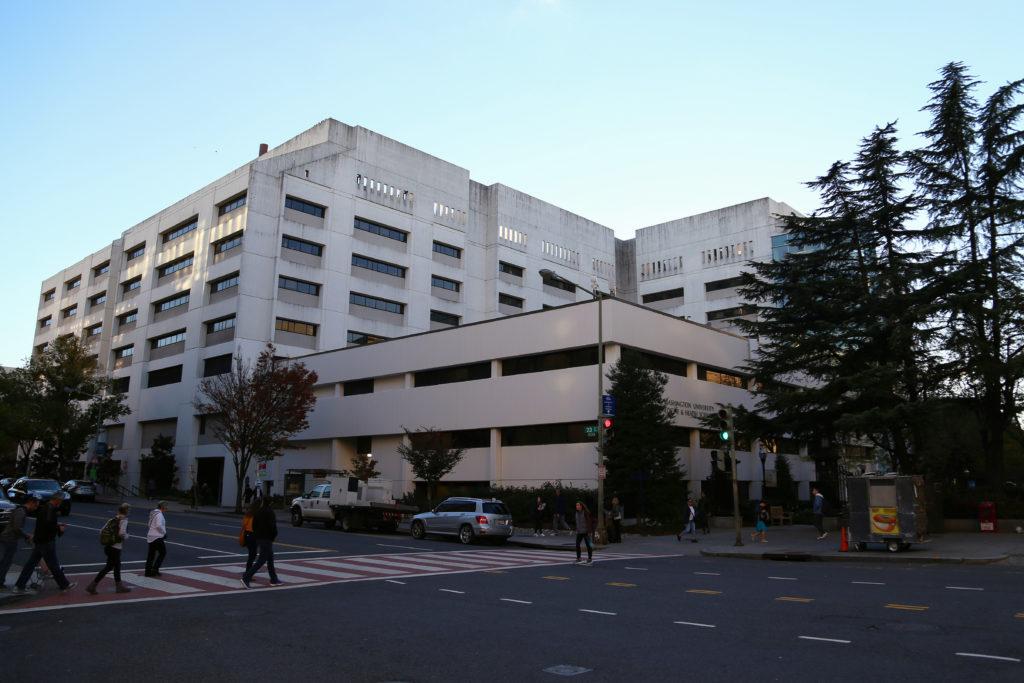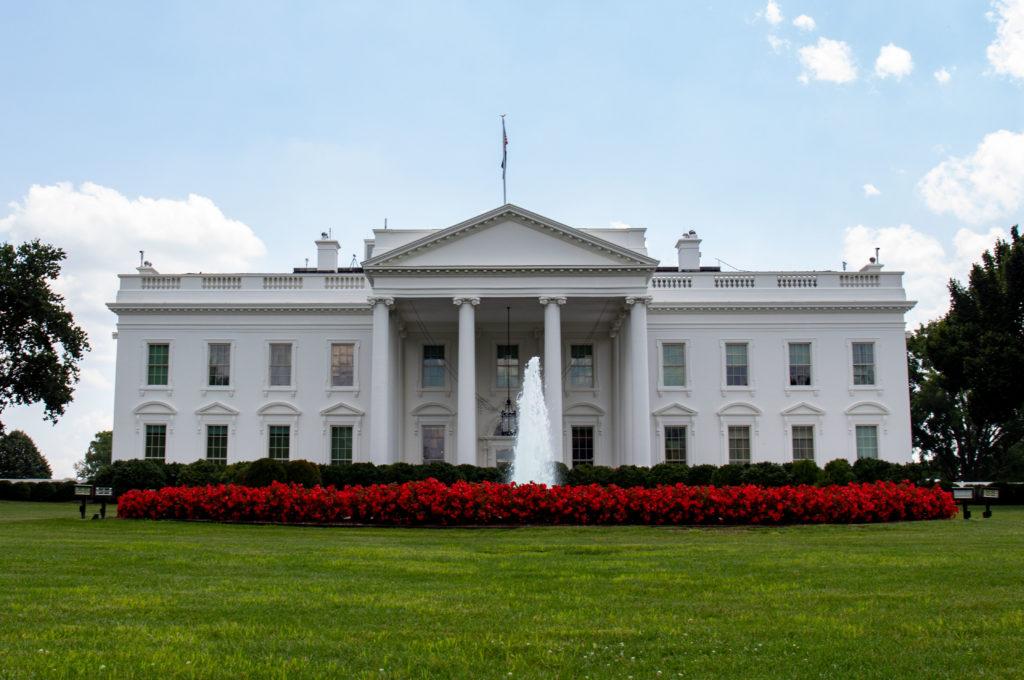As several medical schools around the country are cutting tuition costs, the School of Medicine and Health Sciences is searching for new ways to compete and attract students.
New York University, which is one of GW’s peer schools, announced in August that its medical school will provide full-tuition scholarships to all students. Experts and faculty in GW’s medical school said it will take a spike in donors and expanded programs to make the medical school as competitive as others within its peer schools.
Rich Simons, the senior associate dean for MD programs, said the medical school is one of the “most selective” medical programs and often receives some of the highest application numbers in the country.
“We attract outstanding students from across the country who not only want to make a difference at the patient level but on a local and global scale as well,” Simons said in an email.
Simons said the medical school’s curriculum incorporates “strong clinical training” and research opportunities, like working with Children’s National Medical Center. He said other academic experiences, like learning about medical ethics at the U.S. Holocaust Museum and presenting policy proposals to leaders in the White House and Congress about HIV and AIDS, are unique to GW and help make the medical school competitive.
Simons said NYU’s decision to offer free admission addresses both physician shortages and diversity, but GW’s medical school has worked to address both of these areas in recent years. He said this year’s class of medical students is the most diverse class in the school’s history.
Simons said one of the medical school’s “highest priorities” is to reduce debt for medical students by growing scholarship endowments and limiting the increase in tuition.
Tuition for medical students who began attending GW this fall is more than $60,000, according to the medical school’s website.
“We are optimistic that we can continue to grow our scholarship endowment,” he said.
About three-quarters of medical students graduate with debt, according to the Association of American Medical Colleges. Simons said the median medical student debt at GW is lower than the median medical school debt among all private medical schools.
“Nonetheless, the leadership of the school is very intent on addressing this important issue,” he said.
University President Thomas LeBlanc said at a Faculty Assembly meeting last month that GW needs to find new ways to compete because of NYU’s decision to make its medical school tuition-free.
“There are other universities who have done it and two others who are about to do it,” LeBlanc said at the meeting last month. “The challenge with medical is we’re in an arms race.”
Daniel Ein, a clinical professor of medicine, said the expansion of labs in the medical school provides students with more hands-on research opportunities, which makes students more competitive candidates as physicians and researchers after graduation.
“I really think the school is on a markedly upward trajectory,” Ein said. “I’ve seen a lot of changes all for the better in terms of expanding as an academic institution.”
Ein said the establishment of certain community-based programs within the medical school, like an HIV vaccination trial in October and the creation of the Rodham Institute to promote equity in public health in 2013, have helped raise the school’s research profile.
He said NYU was able to grant free tuition to its students because its location in New York City puts the school in close proximity to donors. Ein said GW is currently working to increase the number of donors for the medical school, which would allow the school to decrease its tuition rates.
Julia Cruz, a clinical instructor of medicine, said an effective way to improve affordability at the medical school is by encouraging alumni to sponsor a student, covering the cost of their tuition. She said the University of Florida has been using this policy for about a decade and other universities have followed.
She added that although GW is a private institution and has a higher tuition than some of its peers, potential donors could individually choose to cover a portion of tuition and still significantly help a student.
“That makes somebody feel a lot more connected to what they’re doing,” Cruz said.
Of GW’s 12 peer schools, 10 have medical schools. Of those, six have tuition rates lower than GW.
Boston University, which has a tuition rate of about $60,000 each year, has more than 10 scholarship programs to grant financial aid to students. In addition to federal loans, Boston University offers institutional loans with a 10-year repayment plan, according to the school’s website.
Boston University’s medical students can also apply to work-study jobs during semesters and the summer. Student salaries can be used to pay for the cost of attendance.
In addition to free tuition for all students at NYU’s Langone School of Medicine, the school also offers merit- and need-based scholarships for students who may need assistance covering other costs, like room and board and book fees. All students who are accepted to the program are automatically considered for a merit-based scholarship, according to the school’s website.
Kristi-Jo Tutela-Dane, the administrative director of medical education at NYU, said the university’s recent free-tuition plan is one of the school’s main attributes to attract students. She said the university utilized donations to put the plan into practice.
“I know that it’s been years in the making,” Tutela-Dane said.
Tuition at Georgetown University’s medical school is about $52,000 each year, according to the school’s website. The university offers several loans and scholarships to help its students with costs.
About 5 percent of Georgetown’s medical students fund their education through service scholarships, which cover the costs of tuition and books in exchange for service in the military or the Public Health Service.





